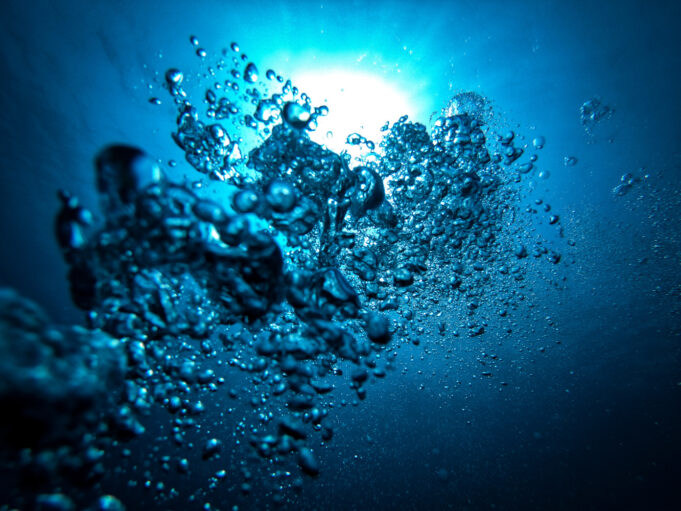Water treatment professionals know the drill: photocatalysis works, but it’s expensive. Photothermal evaporation? Also promising, but again, the materials and scalability tend to be a barrier. Now imagine a single, low-cost composite material that can do it all — degrade organics, adsorb heavy metals, and even evaporate water using sunlight. That’s exactly what researchers at Japan’s Nagoya Institute of Technology have created, and the implications could be significant for the future of decentralized and energy-efficient water treatment. Let’s dive in.
Triple Threat Composite Materials
The newly developed material is a composite of hydrogen molybdenum bronze (HxMoO₃–y), molybdenum dioxide (MoO₂), and activated carbon synthesized using a ball-milling process that’s both energy-efficient and cost-effective. The starting ingredients? Just molybdenum trioxide and polypropylene.
The resulting particles offer three core functions:
- Photocatalytic degradation of organic pollutants across the full light spectrum (UV, visible, NIR).
- Photothermal evaporation via solar absorption for rapid water distillation.
- Heavy metal ion adsorption using oxygen-containing carbon byproducts.
This isn’t lab-only theory. These capabilities were demonstrated in a series of controlled experiments. The catalyst worked under sunlight and, impressively, continued breaking down contaminants even in dark conditions due to its Brønsted acid catalytic properties.
Cost, Versatility, and Scale
This research addresses the elephant in the room: most high-performance water remediation technologies aren’t economically feasible at scale. Rare materials, complex synthesis, and high energy requirements limit practical deployment.
What Nagoya’s team has done is change the math. Their mechanochemical synthesis via ball milling allows for mass production from cheap, widely available materials. And it’s flexible. The team sees potential to replicate the approach using other oxides and plastics, opening the door to material upcycling, a two-birds-one-stone solution to water contamination and plastic waste.
For facilities looking to boost efficiency or explore decentralized treatment solutions (think disaster relief, remote installations, or low-infrastructure communities), this could be a game changer. It offers an integrated solution where previously multiple systems would be required.
Broad-Spectrum Efficiency
Let’s talk numbers, or at least capabilities. The photothermal properties of the composite allow for rapid solar-induced heating, making it effective for sunlight-driven water evaporation. Plasmonic behavior, typically reserved for more exotic materials, drives exceptional light absorption and heat generation.
At the same time, its photocatalytic efficiency spans the full light spectrum, allowing continuous degradation of pollutants without the narrow-band limitations of traditional TiO₂-based systems. And heavy metals? Oxygenated carbons within the mix trap and remove them, adding another layer of filtration.
What’s particularly compelling is its dual-mode operation. It performs in light and in the dark, which means treatment continues even in cloudy or nighttime conditions, a major operational benefit.
What Comes Next?
Right now, this is still in the experimental phase. The team is optimizing its ball milling process and exploring applications beyond water remediation, such as material upcycling and advanced catalysis. But the vision is clear: a modular, low-cost, multifunctional material that can plug into existing systems or power off-grid solutions with minimal infrastructure.
For water treatment pros, especially those managing systems in variable environments or exploring sustainability-driven upgrades, this could represent a new class of toolkits. This breakthrough could be a practical pathway toward resilient, low-emission water purification.
Keep an eye on this. It could be the start of a major shift in how we think about material design and system integration in the industry. If even half of this material’s lab potential carries into field-scale application, we’re looking at a step-function leap in solar-based remediation.
SOURCES: ACS Applied Materials & Interfaces, Smart Water Magazine





